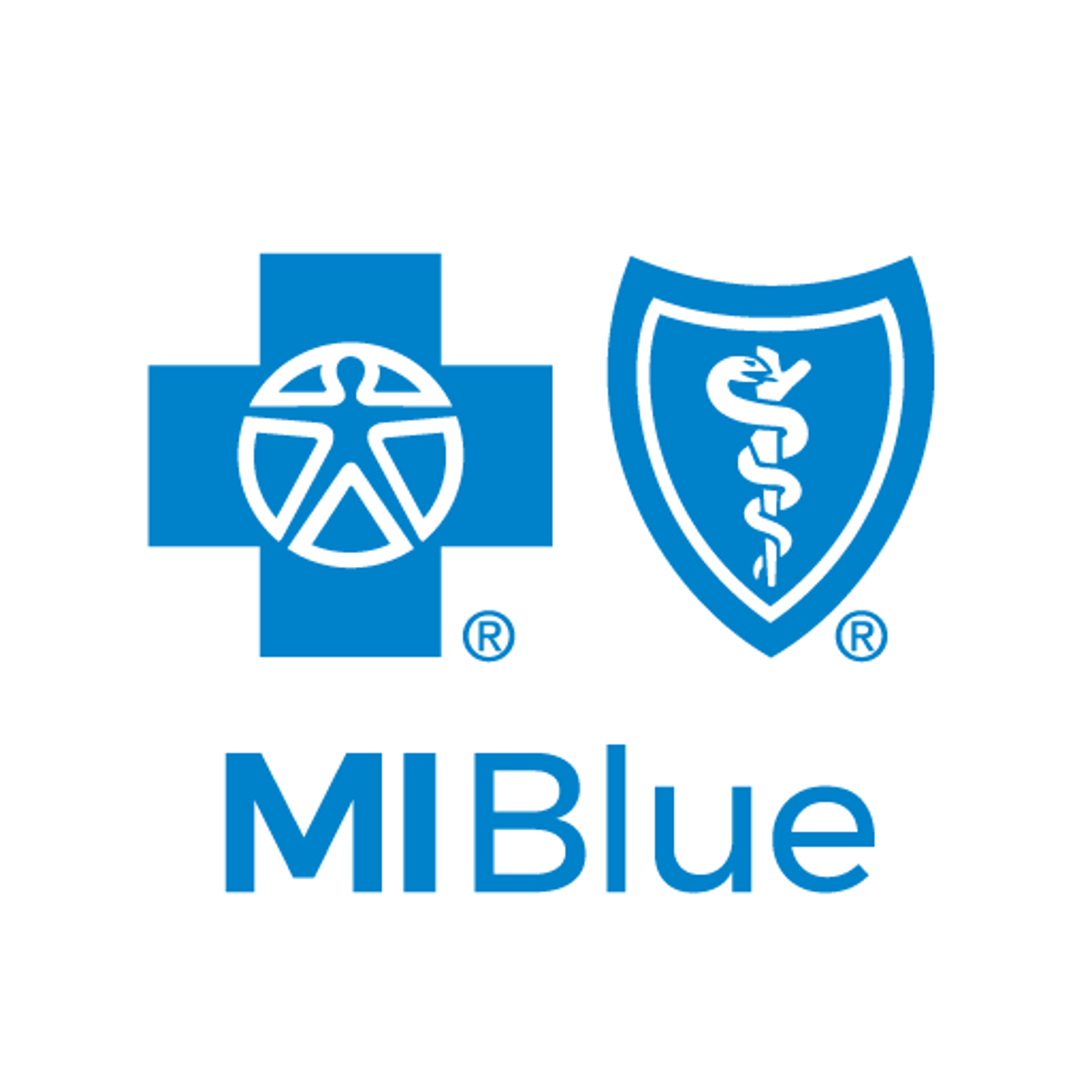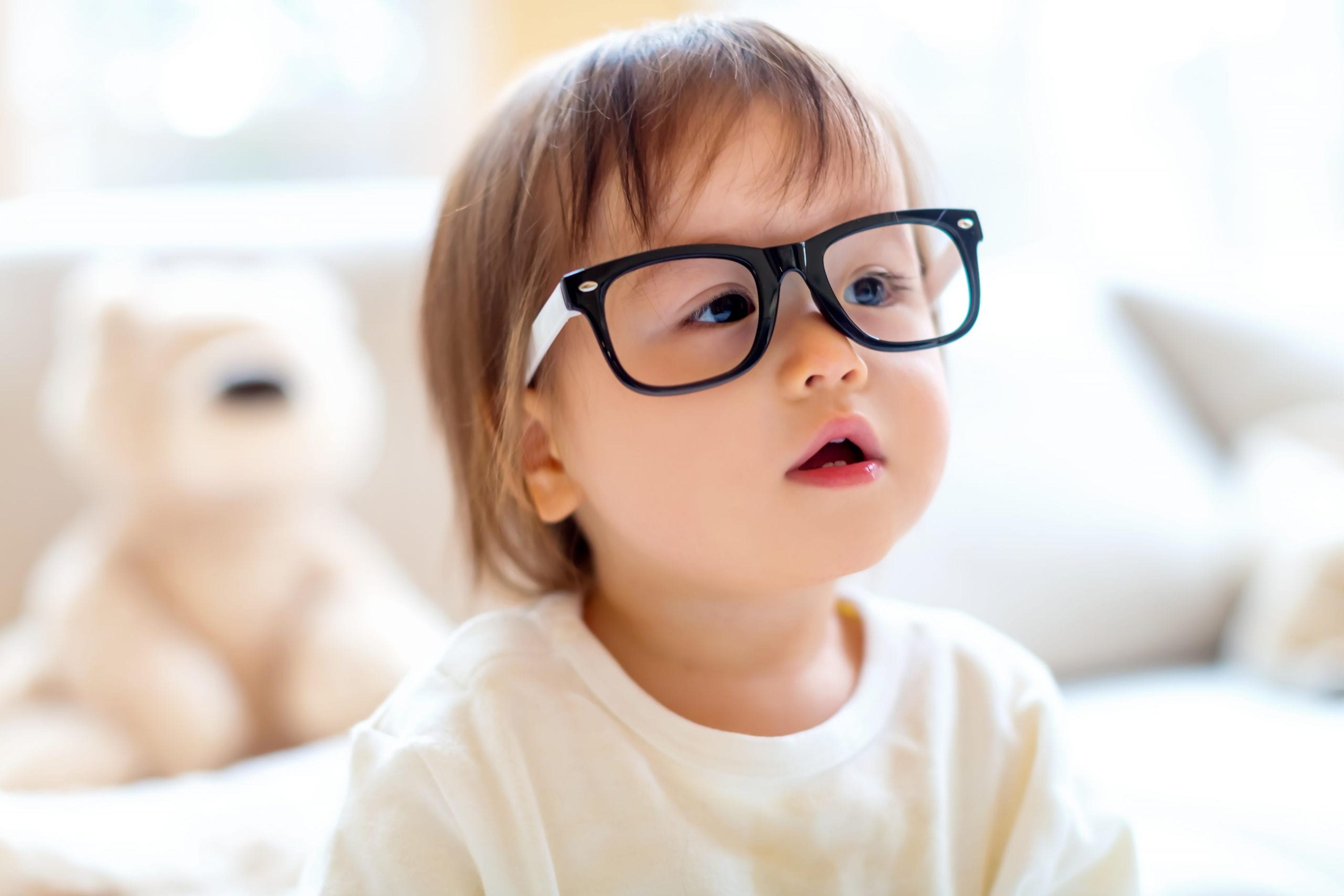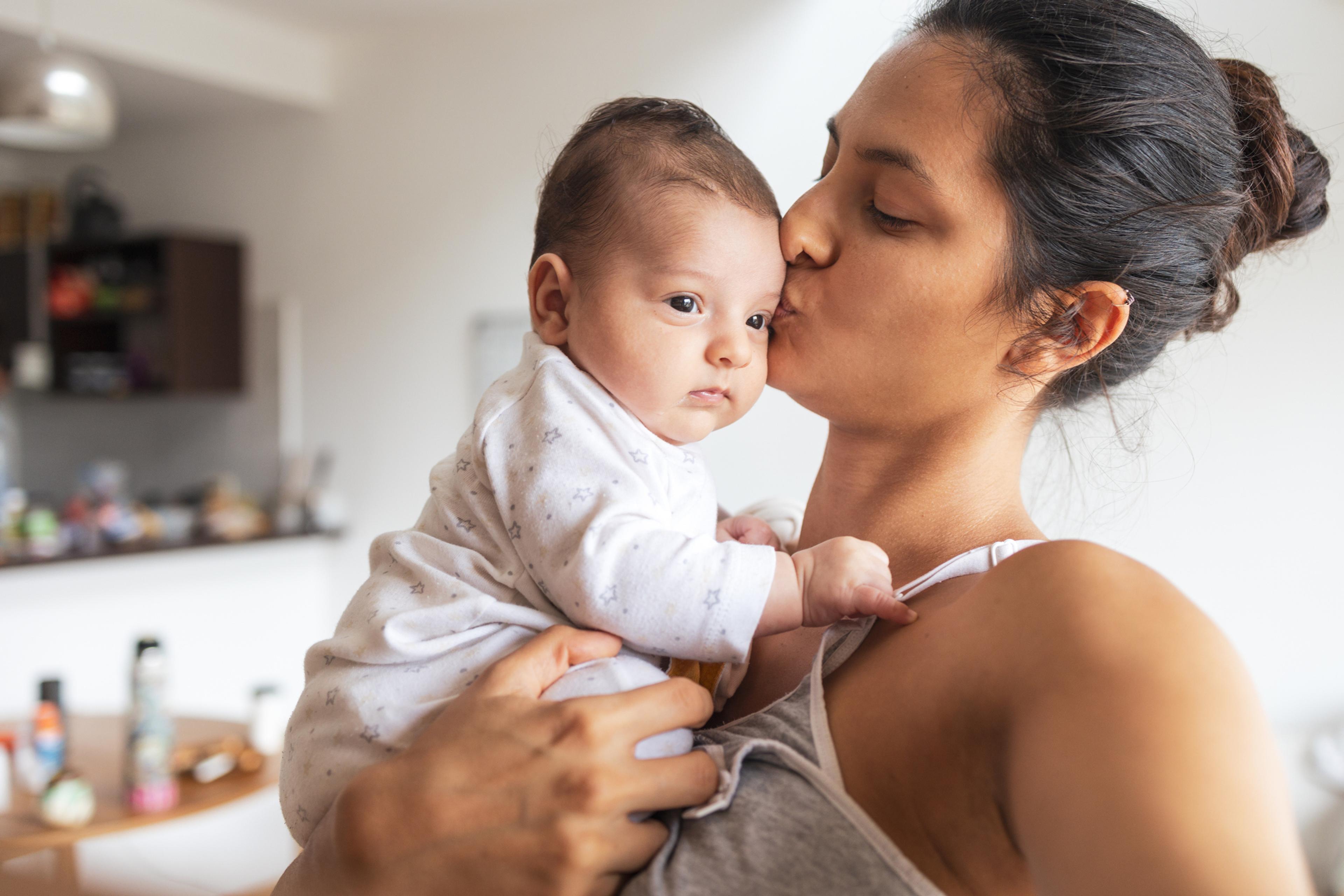How Vision is Tested in Young Children

Blues Perspectives
| 3 min read

As you can probably imagine, taking your child to visit a pediatric ophthalmologist is a much different experience than a visit with your own eye doctor. Here’s an explainer on what to expect, in case you’re facing a visit with your little one.
How eye exams work for young children
No ABCs, yet? No problem. Pediatric eye doctors use a variety of methods to test little eyes. They can use light to test a baby’s pupil responses. The way the pupils react to light could uncover nervous system issues. They will also likely check to see how well your child’s eyes are able to follow a moving object.
For very young children, eye doctors use cards with stripes on them to administer a preferential looking test, which measures visual acuity, or how well she could see. The cards have a striped side and a side that’s gray. Babies and toddlers too young to identify pictures or letters will tend to look at the striped side. The smaller the stripes they can see, the better their visual acuity.
Once they are a bit older and can identify shapes verbally, most children should be able to “read” the pictures on an eye chart designed just for kids. Instead of letters, an eye doctor might have a chart that displays objects like houses, trees, flowers and other familiar shapes.
Your child will likely be asked to cover one eye while they focus on something across the room and then close up. This helps the doctor check the alignment of your toddler’s eyes, or how well they work together.
Additionally, part of the eye exam is spent examining the overall health of the child’s eyes. The doctor will visually examine the eyes and may use drops to dilate the pupils. This allows the back of the eye to be examined using lights and lenses.
If your child’s eye doctor determines they need glasses, they might use an autorefractor, a machine that can help identify the correct prescription.
Many pediatric ophthalmologists use tools and toys to keep kids engaged and entertained throughout the exam. They may encourage parents to hold children in their laps for the exams so the child feels comfortable and supported.
When should kids visit the eye doctor?
The American Optometric Association recommends that all children have professional eye exams at regular intervals: between the ages of 6 to 12 months, at least once between 3 and 5 years of age and once before they start first grade and annually thereafter. The organization warns that vision screenings can miss certain vision problems and urge parents to schedule a comprehensive eye and vision exam. Before the eye exam appointment, talk to your child about what will likely take place and assure them that you will be right by their side.
If you found this post helpful, you may also enjoy:
- Vision Changes After Age 40
- Optometrist vs. Ophthalmologist: What's the Difference?
- 5 Important Questions to Ask Your Dentist
Photo credit: Getty Images





